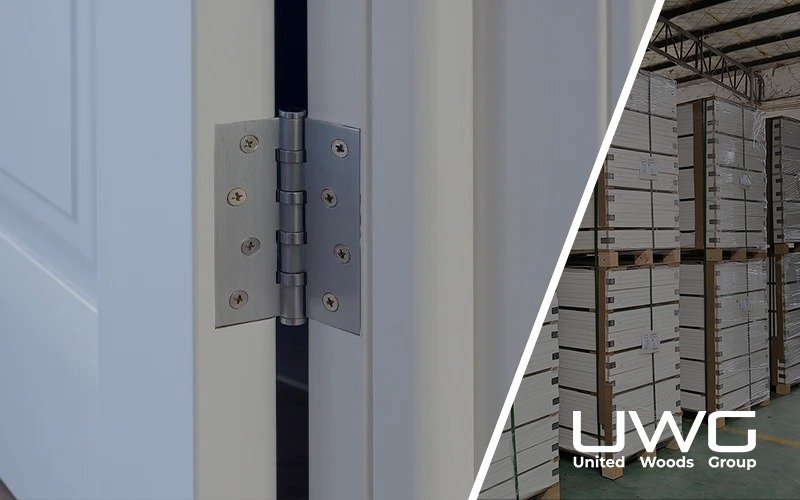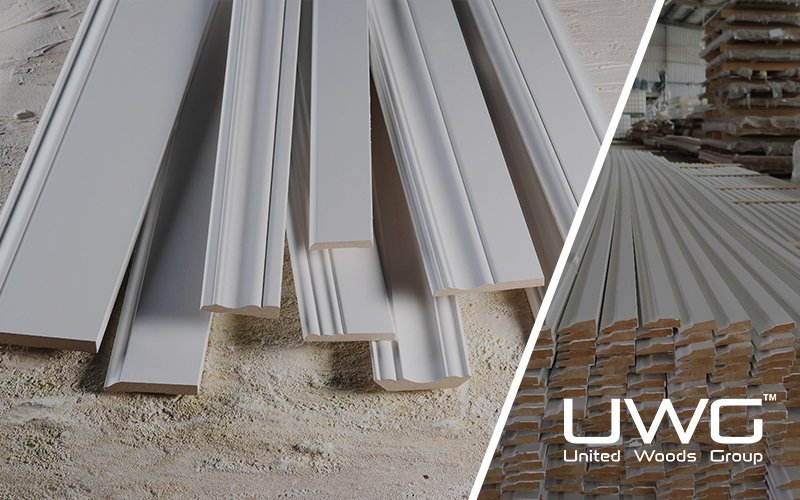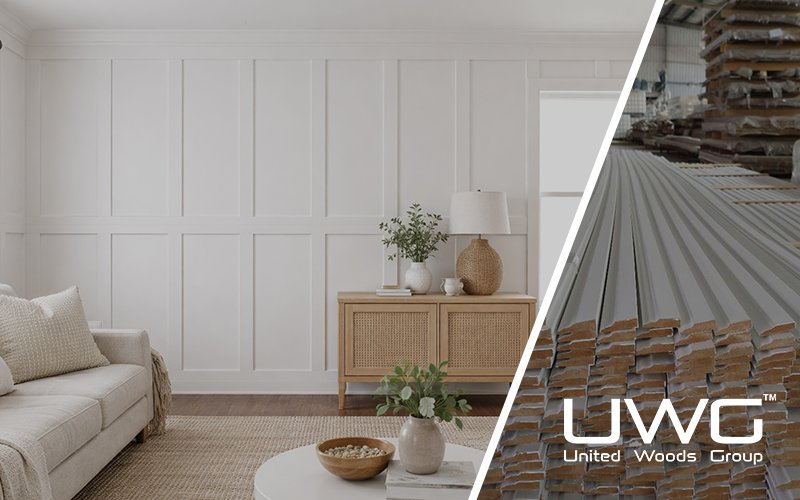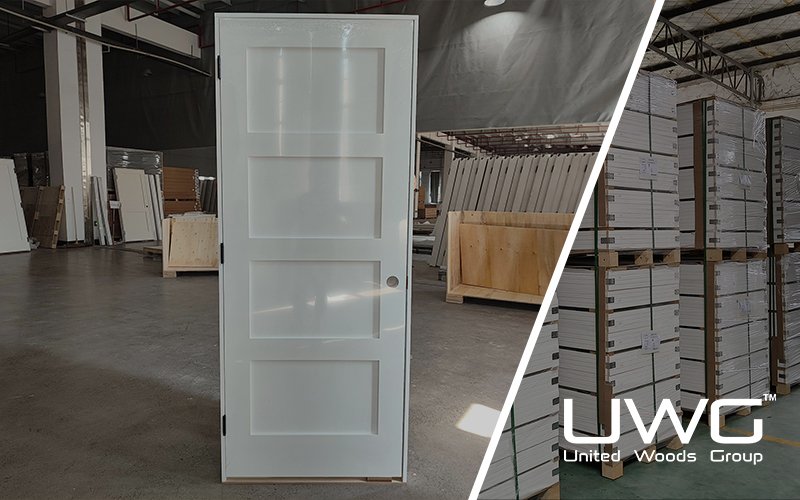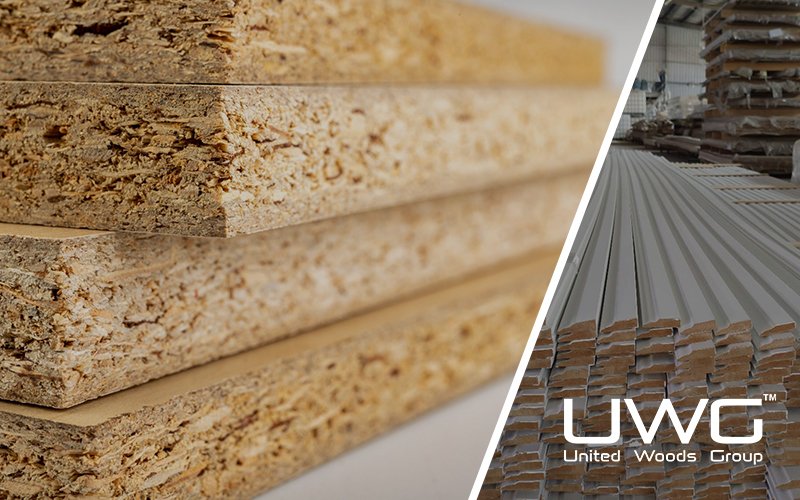Imagine you’re managing a multi-family housing project nearing final inspection. The doors are installed, paint is perfect, and everything looks on schedule—until tenants begin to report misaligned doors, loose handles, and slamming noises within the first few weeks. What went wrong? You discover that the selected door hardware wasn’t built for long-term durability or the daily usage patterns of a high-traffic building.
Choosing the right door hardware not only enhances durability but also improves everyday usability. High-quality hinges support the door’s weight and prevent sagging, while door closers and stops help reduce impact damage from forceful openings. In humid environments, corrosion-resistant hardware effectively prevents rust and extends the overall lifespan of the door system. At the same time, smooth-operating hinges make opening and closing effortless, while solid handles and stable locks provide a greater sense of security. Soft-close hinges and magnetic latches reduce noise and enhance the overall user experience.
For builders, it’s important to consider factors such as usage frequency, humidity level, and door weight when selecting hardware. Prioritizing components that are durable, well-matched, and easy to maintain not only reduces long-term maintenance costs but also increases customer satisfaction.
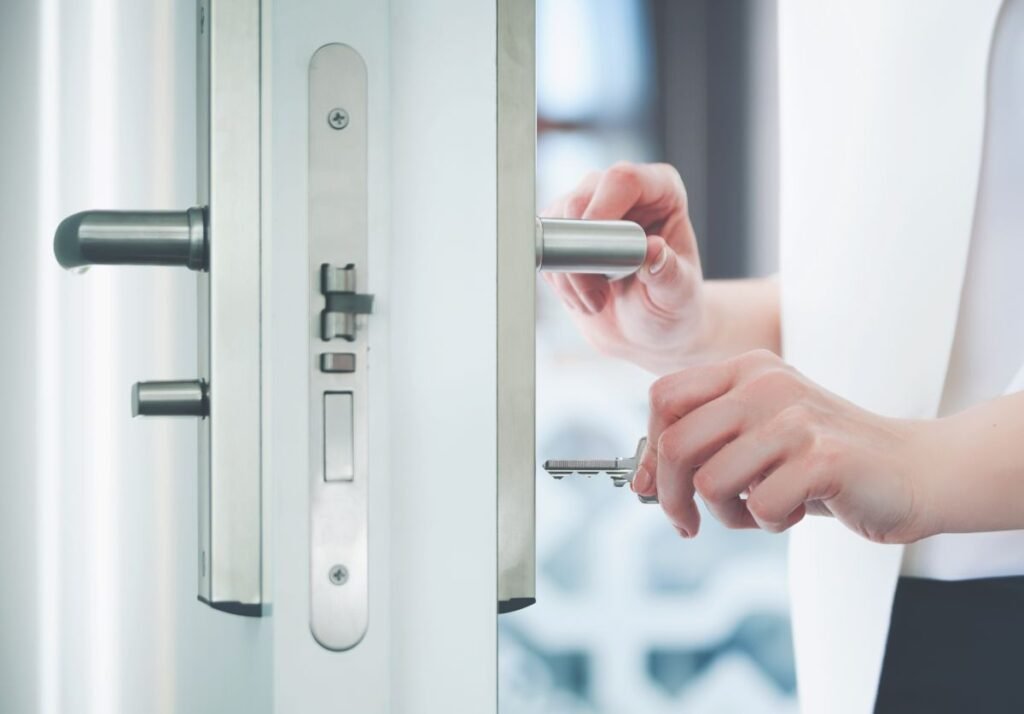
How Door Hardware Affects Durability and Structural Integrity
Door hardware plays a critical role in maintaining the structural performance of a door system over time. While the door leaf and frame bear the most visible wear, it’s the hidden or overlooked hardware—hinges, closers, locks, and mounting systems—that often determines how well the entire unit holds up under daily use.
Take hinges as an example: undersized or low-quality hinges can cause doors to sag, pull away from the frame, or drag along the floor. This not only affects user experience but also leads to premature damage to both the door and the frame. In contrast, properly sized and rated ball-bearing hinges support the door’s weight evenly, maintain alignment, and reduce friction at pivot points—especially important in heavy or frequently used doors.
Closers and door stops also have a direct impact on longevity. In high-traffic environments, doors are frequently slammed, pushed too far open, or left to swing uncontrolled. Without a closer that’s properly rated for door weight and traffic level, the repeated impact accelerates loosening of hardware, cracking of frames, and even hinge failure. Adding a simple overhead or floor stop can prevent overextension damage to walls and hinges, extending service life with minimal cost.
Corrosion resistance is another essential factor—particularly in coastal or humid environments. If hinges or latches begin to rust, the resulting stiffness can place additional strain on the door frame, causing mechanical wear and potential binding. Using stainless steel or powder-coated components rated for environmental exposure can prevent such issues and reduce long-term maintenance.
In short, poor-quality or mismatched hardware is one of the top silent causes of door failure. Investing in the right hardware not only helps avoid callbacks and replacements, but also ensures that the door performs as intended throughout its designed life cycle.
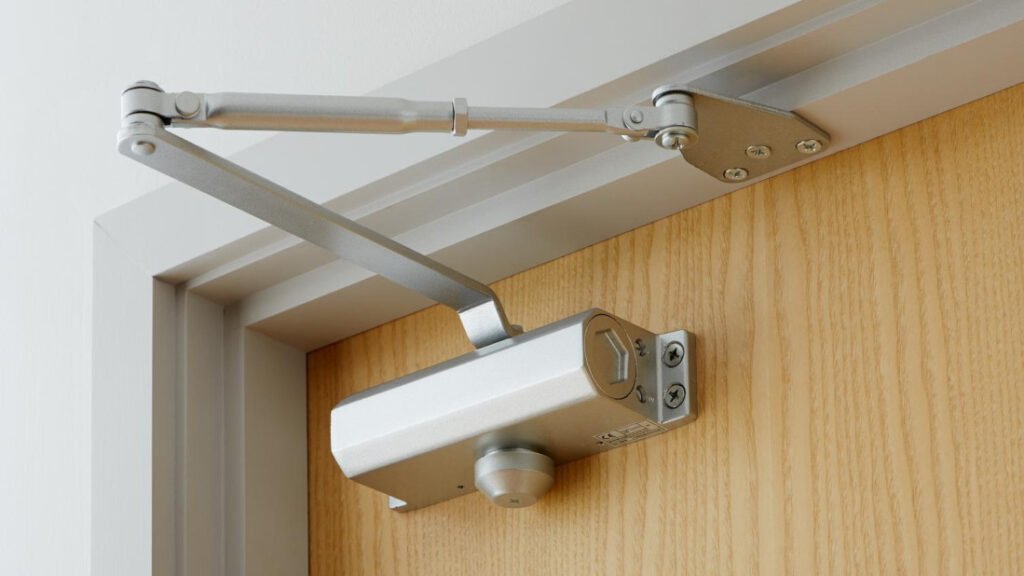
How Door Hardware Shapes Daily Function and User Experience
Door hardware plays a quiet but critical role in how users interact with doors on a daily basis. From the way a door opens and closes to how it feels in hand, the right hardware can enhance both comfort and perceived quality—especially in high-traffic environments like hotels, offices, and multi-family housing.
Smooth operation starts with well-aligned, high-quality hinges. They allow the door to swing effortlessly without squeaking, wobbling, or dragging. When hinges are undersized or poorly installed, even a light interior door can feel heavy and unstable.
Handles and locks contribute directly to user confidence and satisfaction. A well-machined handle that feels sturdy and responds consistently gives the impression of durability and security. In contrast, loose, noisy, or rough-feeling hardware can lead users to question the overall quality of the space. For accessible design, lever handles are preferred over knobs—offering easier use for children, seniors, or individuals with limited mobility.
Noise control is another key consideration. Soft-close hinges, magnetic latches, and quality closers prevent slamming and reduce ambient noise—an important factor in settings where comfort and tranquility matter. In shared living or working environments, even small noise improvements contribute to a better experience.
Finally, good hardware supports consistent functionality over time. Features like self-closing hinges or spring latches help keep doors in their intended position, improving privacy, climate control, and even fire safety—without relying on user behavior.
In short, thoughtful hardware selection transforms the way a door performs—not just mechanically, but experientially.
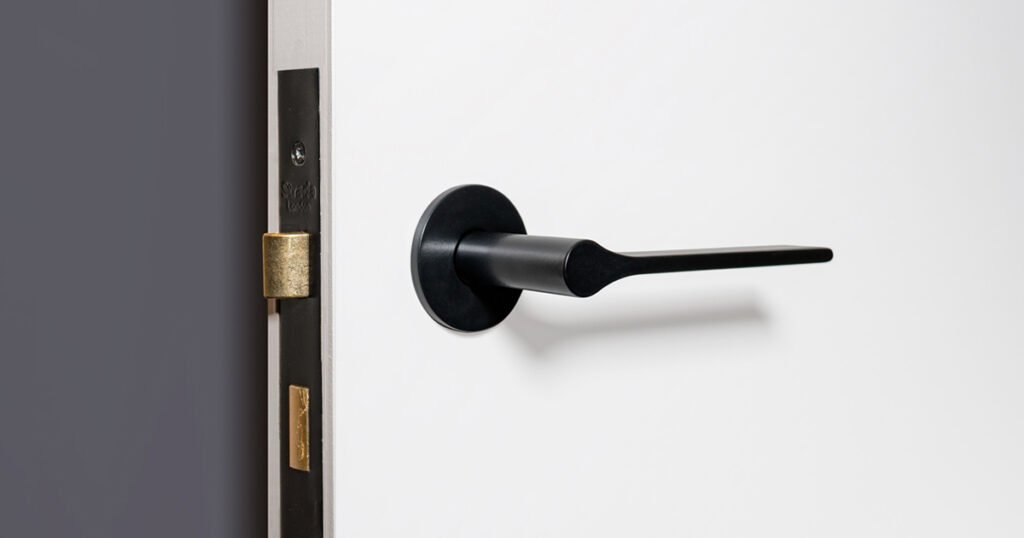
What to Consider When Choosing the Right Hardware
Selecting the right door hardware goes beyond matching finishes or choosing from a catalog. For builders and wholesalers, the decision must consider performance, material compatibility, environment, and installation efficiency.
1. Material and Environmental Suitability
Not all hardware materials perform equally in every setting. For example, zinc alloy may suffice for dry interior spaces, but in humid or coastal regions, stainless steel or corrosion-resistant coatings are essential to prevent rust and stiffness. In fire-rated or high-traffic commercial areas, heavy-duty metal components are typically required to meet code and usage demands.
2. Finish Durability and Maintenance
The finish affects not just appearance but long-term wear. PVD-coated, powder-coated, or anodized finishes resist scratching and discoloration better than basic electroplating. Especially in public spaces or frequently cleaned environments, durable finishes reduce the need for touch-ups and replacements.
3. Compatibility with Door Type and Prep
Mismatches between hardware and door design often lead to installation issues or performance failures. For instance, a closer not rated for door weight may wear out quickly, while a lock incompatible with the door’s edge prep adds labor and adjustment costs. When possible, factory-prepped doors with matched hardware streamline installation and reduce on-site errors.
4. Code Compliance and Safety Requirements
For commercial or multi-unit residential projects, local codes may dictate hardware features—such as panic bars, fire-rated closers, or ADA-compliant handles. Choosing hardware that meets these standards ensures both legal compliance and safety.
5. Long-Term Value vs. Upfront Cost
While economy-grade hardware may reduce initial expenses, it often leads to higher maintenance or earlier replacement. On large projects, this translates to increased labor and service calls. Builders should balance purchase cost with lifecycle performance, especially when specifying hardware for high-turnover or warranty-sensitive projects.
6. Supplier Reliability and After-Sales Support
Finally, working with hardware suppliers that offer technical documentation, batch consistency, and post-sale support can save significant time during construction and maintenance cycles. Reliable sourcing is as important as the product itself.
In summary, choosing the right hardware requires evaluating where and how the door will be used, what it must endure, and what it must comply with. A thoughtful selection process pays off in fewer failures, smoother installation, and better long-term value.

Conclusion: The Small Details That Make a Big Difference
As discussed at the beginning, door hardware is often overlooked—until it causes problems. Whether it’s a sagging door, a loose handle, or a lock that fails under pressure, poor hardware choices can undermine the performance of even the best-built doors.
On the other hand, selecting the right hardware from the start extends the lifespan of the entire door system, enhances the user experience, and reduces maintenance costs over time. From hinges to closers, every component plays a role in how a door performs—and how it’s perceived.
For builders and wholesalers, these small decisions add up. Thoughtful hardware selection isn’t just about function—it’s about protecting the long-term integrity of the spaces you build and supply.

